Piotr Semberecki
Plugin Networks for Inference under Partial Evidence
Jan 02, 2019
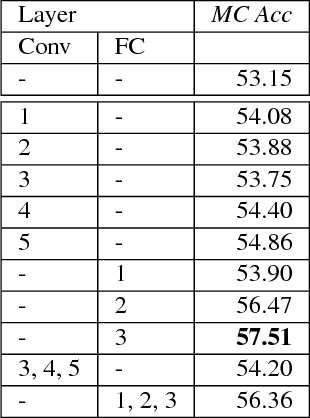

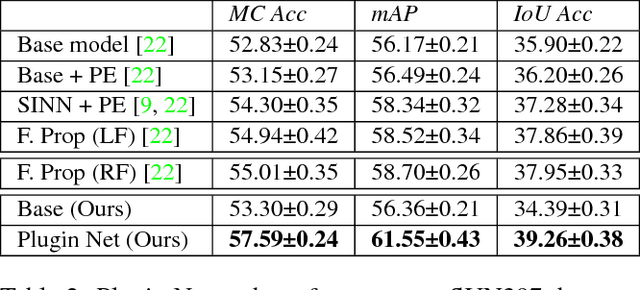
Abstract:In this paper, we propose a novel method to incorporate partial evidence in the inference of deep convolutional neural networks. Contrary to the existing methods, which either iteratively modify the input of the network or exploit external label taxonomy to take partial evidence into account, we add separate network modules to the intermediate layers of a pre-trained convolutional network. The goal of those modules is to incorporate additional signal - information about known labels - into the inference procedure and adjust the predicted outputs accordingly. Since the attached "Plugin Networks", have a simple structure consisting of only fully connected layers, we drastically reduce the computational cost of training and inference. At the same time, the proposed architecture allows to propagate the information about known labels directly to the intermediate layers that are trained to intrinsically model correlations between the labels. Extensive evaluation of the proposed method confirms that our Plugin Networks outperform the state-of-the-art in a variety of tasks, including scene categorization and multi-label image annotation.
BinGAN: Learning Compact Binary Descriptors with a Regularized GAN
Nov 06, 2018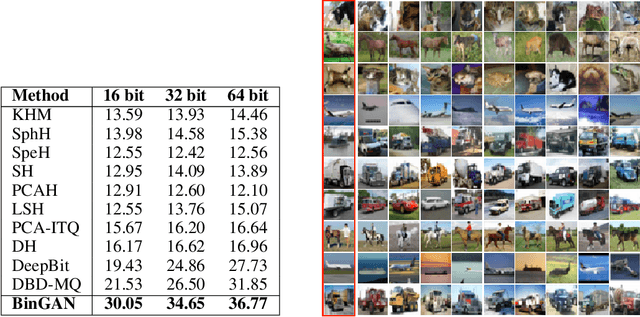
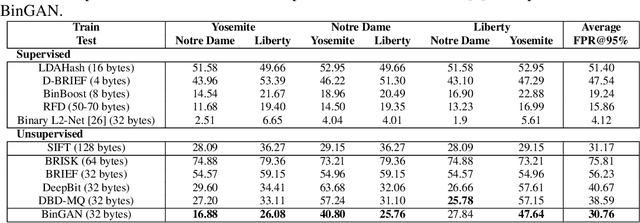
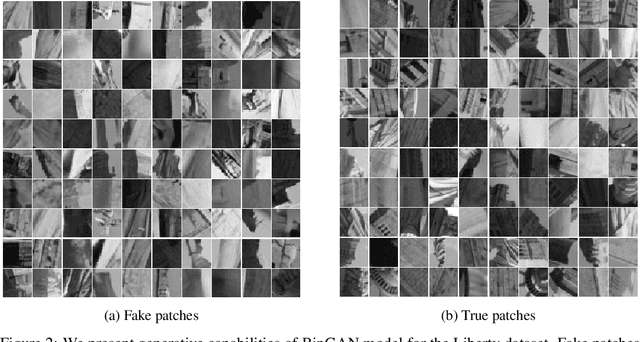

Abstract:In this paper, we propose a novel regularization method for Generative Adversarial Networks, which allows the model to learn discriminative yet compact binary representations of image patches (image descriptors). We employ the dimensionality reduction that takes place in the intermediate layers of the discriminator network and train binarized low-dimensional representation of the penultimate layer to mimic the distribution of the higher-dimensional preceding layers. To achieve this, we introduce two loss terms that aim at: (i) reducing the correlation between the dimensions of the binarized low-dimensional representation of the penultimate layer i. e. maximizing joint entropy) and (ii) propagating the relations between the dimensions in the high-dimensional space to the low-dimensional space. We evaluate the resulting binary image descriptors on two challenging applications, image matching and retrieval, and achieve state-of-the-art results.
 Add to Chrome
Add to Chrome Add to Firefox
Add to Firefox Add to Edge
Add to Edge